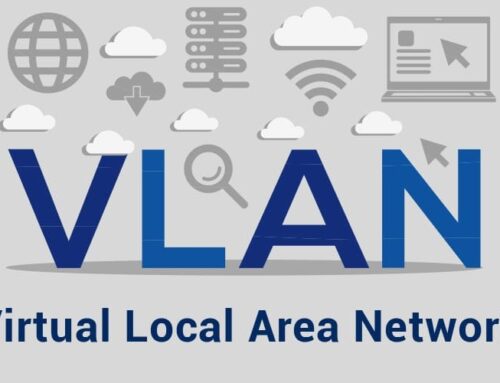
How can PAM/PAS solutions integrate with cloud environments and hybrid infrastructures?
How can PAM/PAS solutions integrate with cloud environments and hybrid infrastructures?
In today’s fast-paced and interconnected world, businesses are increasingly adopting cloud environments and hybrid infrastructures to meet their evolving needs. However, these advanced technologies also come with new security challenges that need to be addressed. Enter Privileged Access Management (PAM) and Privileged Account Security (PAS) solutions – robust tools designed to protect critical assets and prevent unauthorized access. But how can organizations seamlessly integrate PAM PAS solutions with their cloud environments and hybrid infrastructures? In this article, we will explore the various strategies and best practices for effectively implementing PAM PAS in these complex IT landscapes, ensuring maximum security while enabling seamless operations.
Integrating Privileged Access Management (PAM) and Privileged Access Security (PAS) solutions with cloud environments and hybrid infrastructures is crucial to maintaining consistent security across various platforms. Here are some steps and considerations for successfully integrating PAM/PAS solutions in these environments:
- Assessment and Planning:
- Understand your organization’s cloud and hybrid infrastructure, including the types of services and platforms used.
- Identify privileged accounts and access points within these environments.
- Determine the scope of PAM/PAS integration and the specific security requirements.
2. Vendor Selection:
-
- Choose a PAM/PAS solution that offers cloud compatibility and supports the platforms used in your environment.
- Look for solutions that offer APIs and integrations for major cloud providers (e.g., AWS, Azure, Google Cloud).
3. Authentication and Access Management:
-
- Integrate the PAM/PAS solution with your cloud provider’s identity and access management (IAM) services.
- Ensure that privileged accounts require multi-factor authentication (MFA) for access.
- Implement just-in-time (JIT) access provisioning to minimize the exposure of privileged credentials.
4. Credential Management:
-
- Use the PAM/PAS solution to securely store and manage privileged credentials for cloud and hybrid systems.
- Rotate credentials regularly and automate password changes.
- Implement secure vaulting and encryption for credentials stored within the PAM/PAS solution.
5. Session Monitoring and Recording:
-
- Extend session monitoring and recording capabilities to cloud-based systems and hybrid environments.
- Capture privileged user activities for auditing and forensic analysis.
- Ensure compliance with regulations and security standards.
6. Privilege Elevation and Delegation:
-
- Define policies for privilege elevation and delegation within cloud environments.
- Implement just enough privilege (JEP) principles to limit the access granted to privileged accounts.
7. Policy Enforcement and Compliance:
-
- Enforce consistent PAM/PAS policies across on-premises and cloud resources.
- Ensure that compliance requirements are met for privileged access within cloud environments.
8. Automation and Orchestration:
-
- Integrate PAM/PAS solutions with orchestration tools to automate provisioning, deprovisioning, and other tasks.
- Implement workflows that enforce approval processes for granting privileged access.
9. Monitoring and Threat Detection:
-
- Extend threat detection and analytics capabilities to cloud and hybrid infrastructures.
- Use behavior analytics to identify suspicious activities and potential insider threats.
10. Training and Awareness:
-
- Provide training to users and administrators on using PAM/PAS features within cloud environments.
- Raise awareness about the importance of privileged access security in the cloud.
In conclusion, integrating PAM PAS solutions with cloud environments and hybrid infrastructures is essential for organizations to effectively manage and secure their privileged accounts. By leveraging the scalability and flexibility of the cloud, businesses can enhance their PAM capabilities and streamline access management across different platforms. However, it is crucial to consider the unique challenges and risks associated with this integration, such as data breaches and unauthorized access. Organizations must implement robust security measures and adopt a comprehensive approach that includes regular monitoring, risk assessments, and employee training. With proper planning and implementation, PAM PAS solutions can seamlessly integrate with cloud environments and hybrid infrastructures, enabling organizations to achieve maximum security while maintaining operational efficiency.





